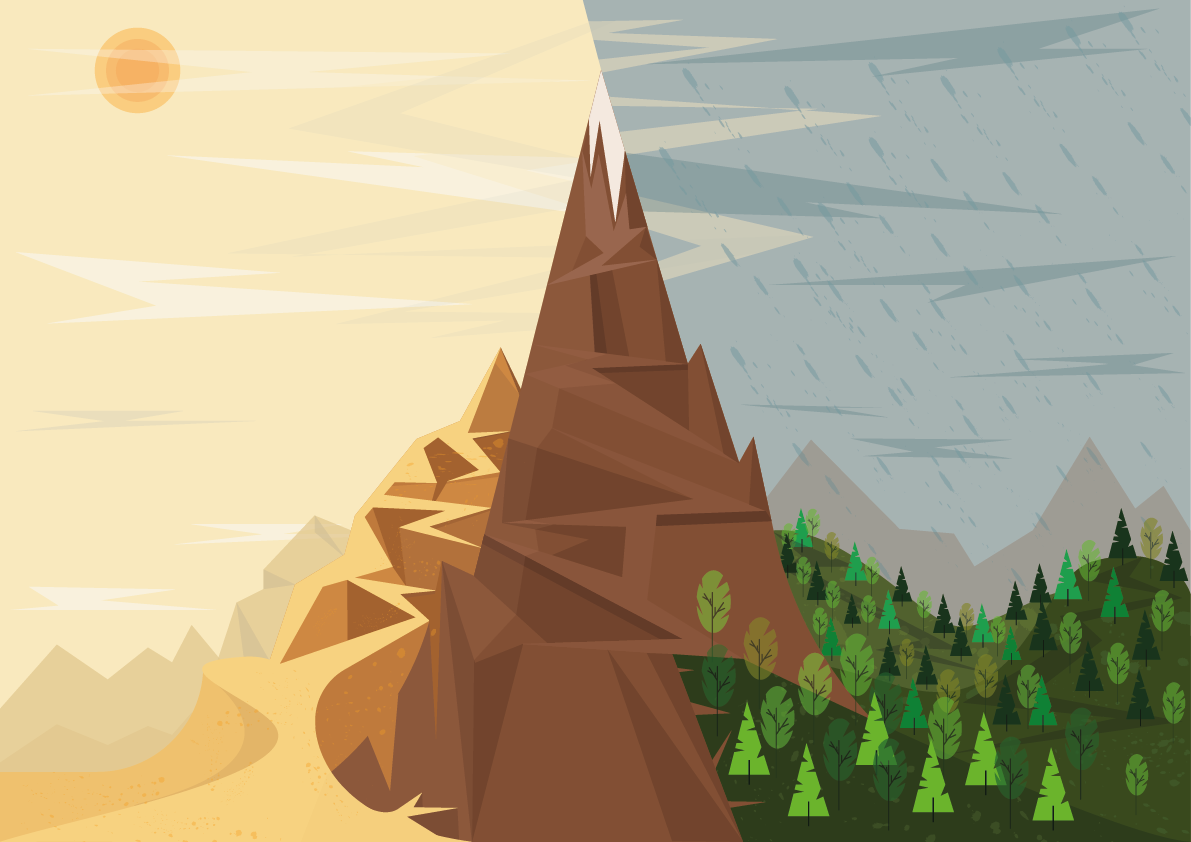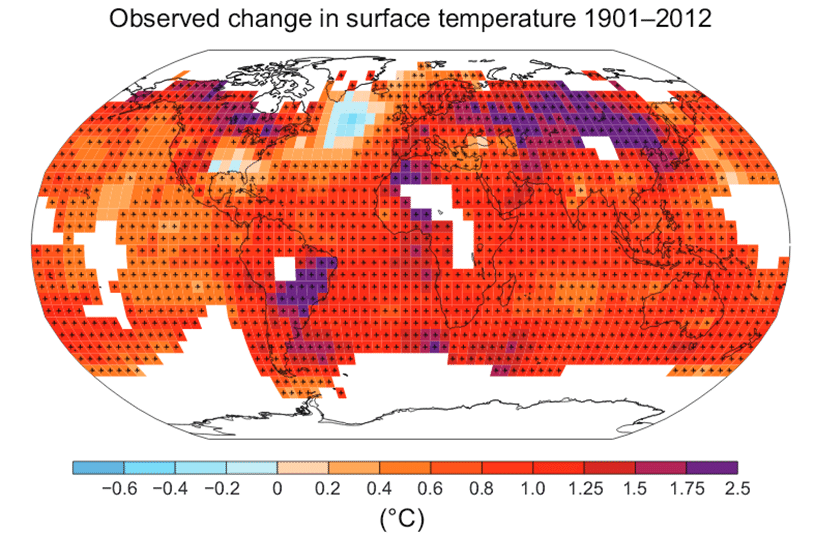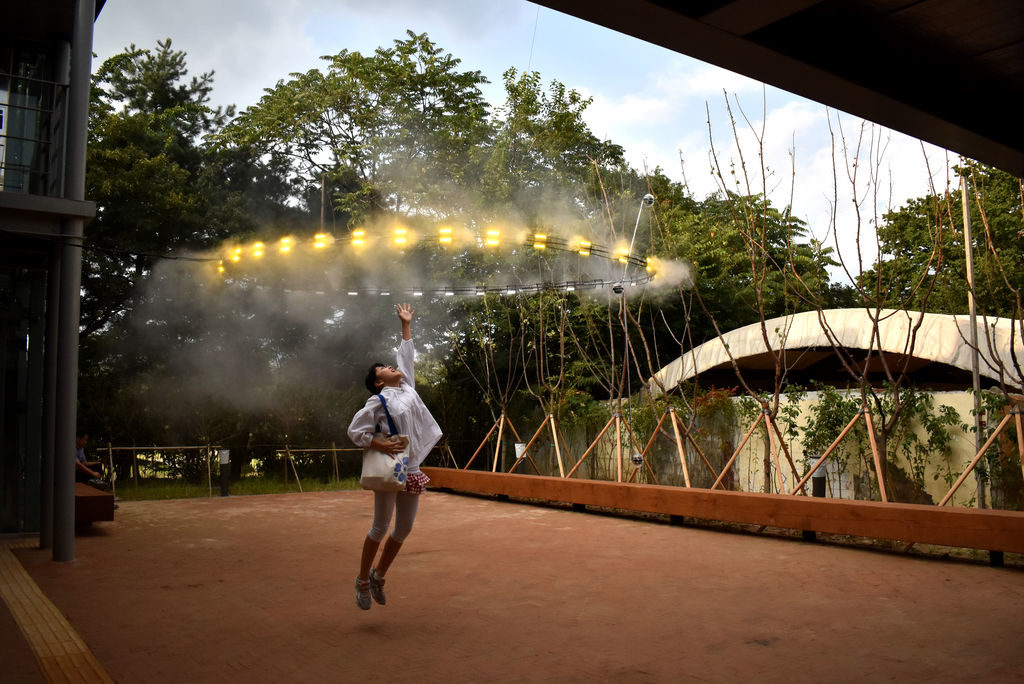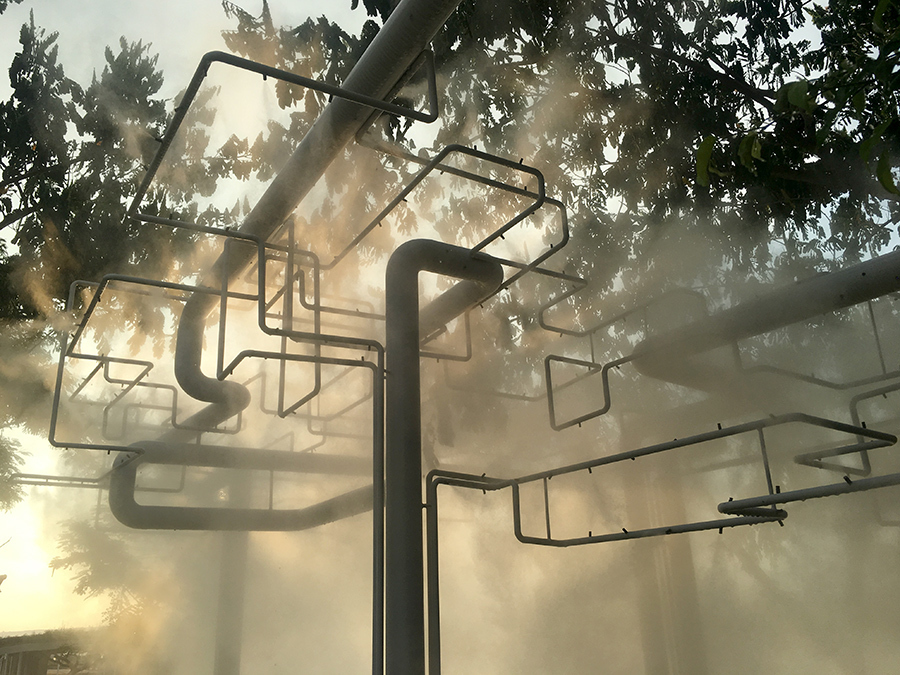
“CLEAR MOON, FROST SOON.” — “WHEN CLOUDS APPEAR LIKE TOWERS, THE EARTH IS REFRESHED BY FREQUENT SHOWERS.”
Readings of weather through easy-to-remember rhymes turned our grandparents’ generation into fortunetellers. Today, we glance at the weather app on our phones to decide if we should take an umbrella or not. “PLENTY OF SUNSHINE EXPECTED ALL DAY LONG. GRAB YOUR PAIR OF SHADES IF YOU GO OUT.”
Weather and its prediction often yields clear suggestions for action. Should we take our sunglasses? Pack a rain jacket? Better stay at home?
The climate issue is more complicated.
Usually we do not experience climate. What we experience is weather: the temperature, hours of sun, humidity, and precipitation of a place. Climate is an abstract term and describes the average weather conditions of a place over a long period of time.
Even though we have known about climate change for quite some time, little has been done to conquer it. Where is the panic? Why don’t we request those in power to radically change the way Earth’s resources are depleted?
One reason why we seem to stay so calm in face of catastrophe might be that climate change is not a single event but is happening continuously on scales to which we hardly have access.
The question of mediation has been one important task of policy makers. How can climate change be represented in a way such that people can understand the scope of the environmental crisis, are enabled to relate their every-day life to it, and at the same time are not paralyzed by the bad news?

IPCC AR5 WG1-SPM map representing the observed change in surface temperature in a blue–red–magenta color scheme
During a study for a paper by Birgit Schneider and Thomas Nocke, “The Feeling of Red and Blue—A Constructive Critique of Color Mapping in Visual Climate Change Communication”, we explored, how climate visualizations make people generally feel. The shocking outcome was that most people we interviewed felt completely devastated and hopeless when they looked at the “burning worlds” of the future. And not just a few said that looking at those pictures made them immediately resent the topic in general.
Being not only a media scholar but also trained philosopher and genuinely interested in questions of aesthetics, I have explored, for the past years, other ways to experience climatic conditions and how their change impacts our own bodies, feelings, thoughts, and ultimately our actions. I have been especially focused on the atmosphere, the gaseous layer of air that surrounds us, that we are interrelated with through breathing, and that we share with others, both humans and nonhumans.
In exploring how we can become aware, have an aesthetic experience of being immersed in atmospheres, the necessity of the activation of other – not primarily visual – sense modalities has been become central.

Yellow Dust. Image Courtesy of Nerea Calvillo
Media infrastructures such as “Yellow Dust” by C+arquitectos/In The Ai, or Philippe Rahm’s “Jade Eco Park,” offer an embodied encounter with climatic conditions and the environmental dependencies that lead to their changing. “Yellow Dust” is a water-vapor canopy, emanating fog relative to atmospheric composition. Air pollution – which is what the title already points towards – is thereby experienced through the skin, the breathing of humidified air, but also becomes sharable. During its exhibition at the Seoul Architecture Biennale, 2017, people of all ages gathered under the constant steam of vapor, observed it, played with it – and talked about its meaning.
As an elemental medium, air is ambiguous: it is able to transmit information because it is itself invisible, it expresses the effects of temperature in a cold breeze, the scent of a flower. In “Yellow Dust”, air does not represent climate, the materiality of the medium itself expresses meteorological changes.

Jade Eco Park. Image Courtesy of Philippe Rahm
In Rahm’s re-design of a public park in Taiwan, these effects of the elemental medium become structural for the creation of an outdoor space that offers a variety of micro climates. Beginning with the climatic condition of a site, and understanding the environmental dependencies that lead to a certain micro climate, he is able to tweak them, to augment them, shift them, and thus create “pockets” of intensified, sensual experience. Trees with large leaves give shade, reflecting cooling devices imitate clouds, diffused particle matters blog out pollutants.
Could such media infrastructures be used to recalibrate our own scale to the meteorological scale, help us to become sensitive towards our own bodily entanglements with the atmosphere?
Could they help us to understand that climate change does not only lead to higher temperatures of the atmosphere, but also to extreme changes in temperatures, heavy rain falls, and higher pollution – effects we can see and feel around us?
While the forecaster’s weather rhymes gave a sense of familiarity with our world, allowed to read certain weather patterns and behave accordingly, today we have to learn to deal with a variety of ambiguous and unreadable patterns. To prevent that these uncertainties do not lead to averting processes that need our urgent attention, we need a multitude of new perspectives on, sensual engagements with, and possibilities to act on the effects of climatic conditions.

